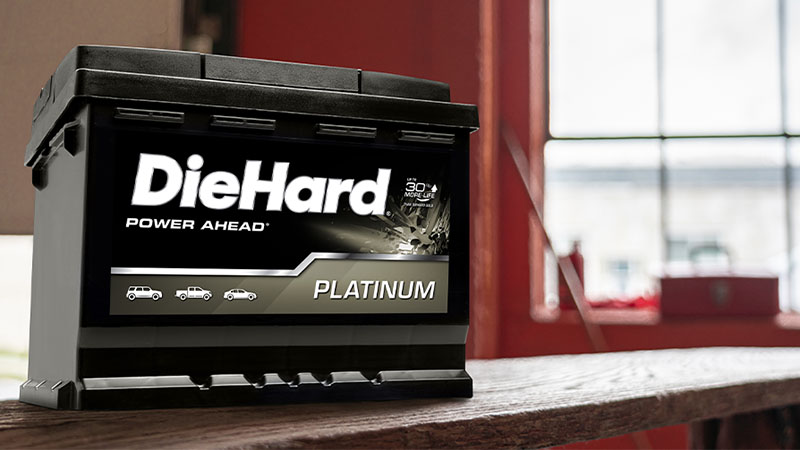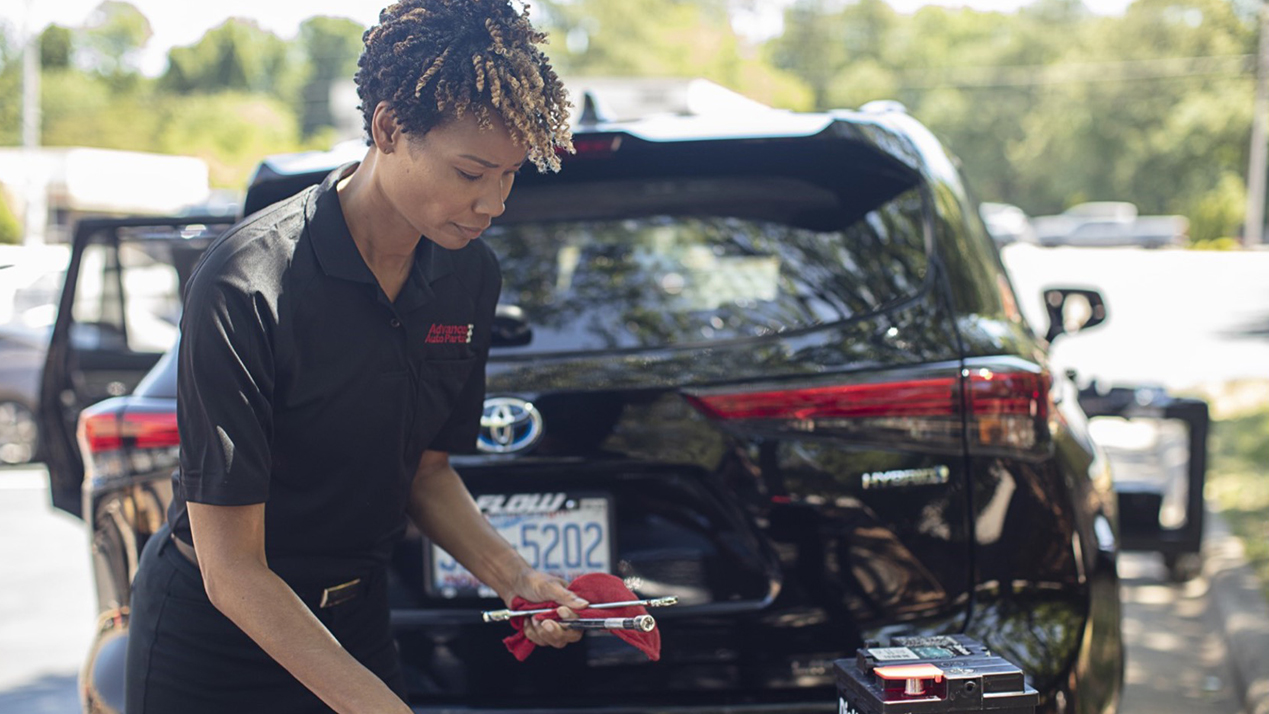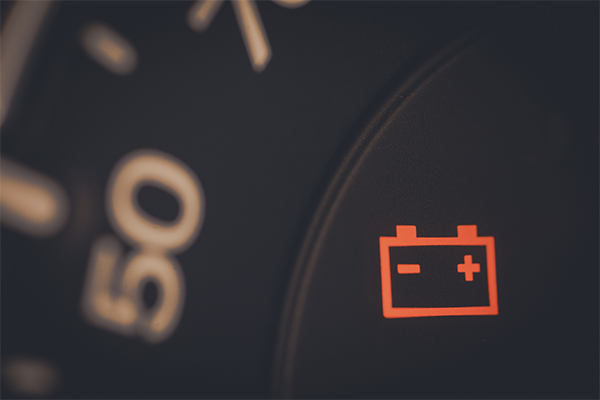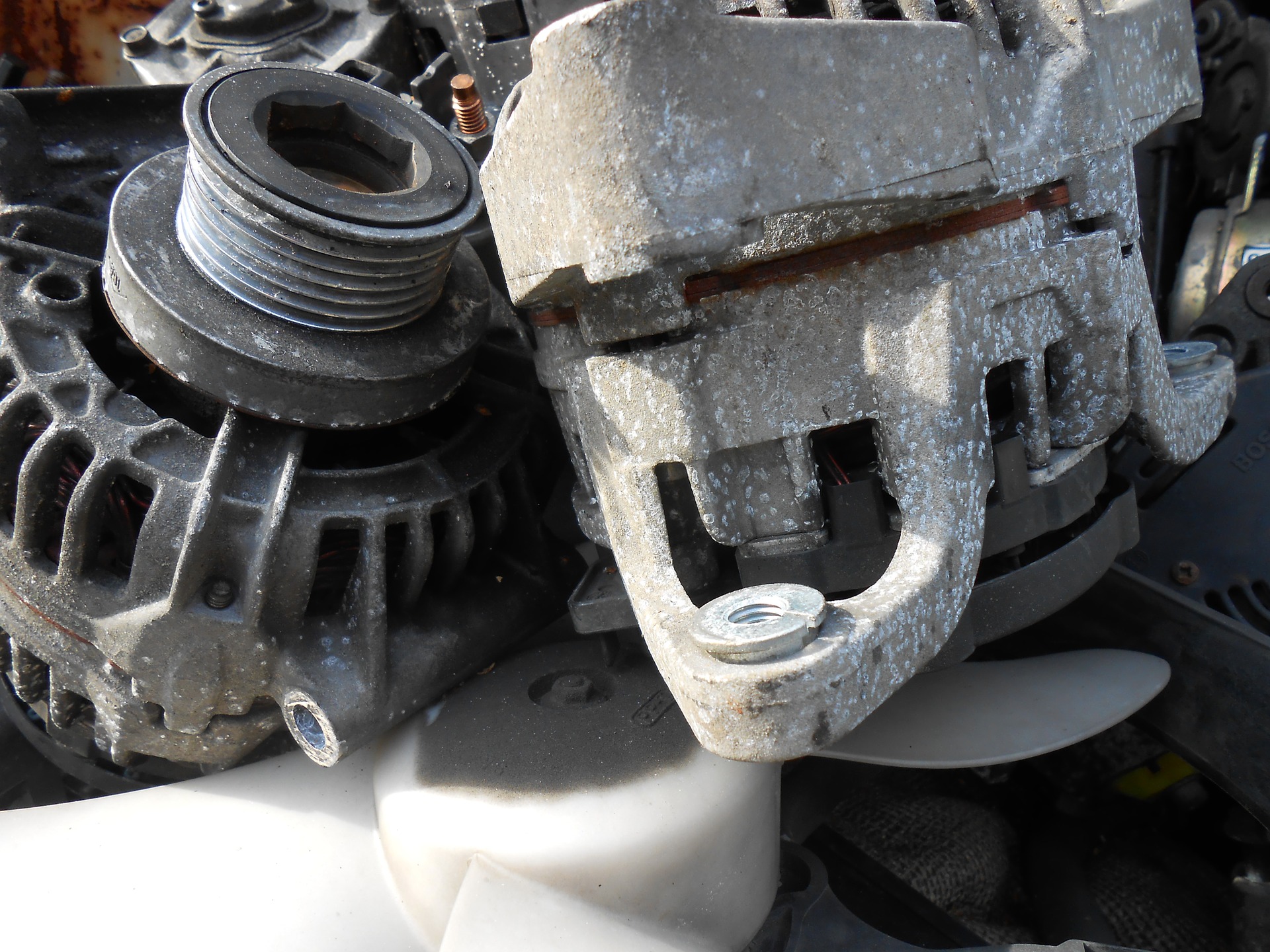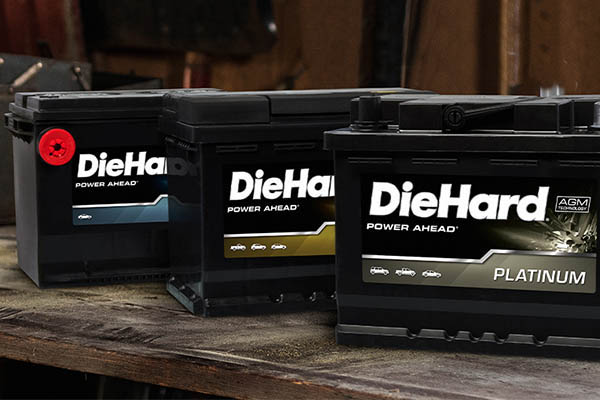There are many different car battery types available on the market, so you have a lot of options to choose from. But how do you know which one is right for your car? Things like engine size, battery technology, cold cranking amps (CCA) and reserve cranking power will all figure into your decision. Understanding the basic car battery types is the best way to be informed next time you consider purchasing a dependable car battery. Learn which battery is right for your vehicle.
TYPICAL CAR BATTERY DESIGNS
Car batteries are differentiated based on the design and technology used by manufacturers. Lead-acid batteries are the most common and affordable varieties. They have been around for more than 150 years and use flat lead plates immersed in electrolyte fluid to produce an electrical charge between the plates. By comparison, lithium metal and lithium ion batteries are newer designs — the latter is a secondary, rechargeable cell design, and the former is a primary cell design. Lithium ion batteries are considered the most advanced types of batteries currently available and are known for their superior capacity and performance levels.
Advance Auto Parts stores offer free battery testing and installation*.
USING DEEP CYCLE BATTERIES
Deep cycle batteries are one of the more unique car battery types available on the market. What sets them apart from other designs is that they offer additional sustained power over a longer time, ensuring better performance. A deep cycle battery is normally better suited to marine vehicles and golf carts, but they can be used in cars as a starter battery. Deep cycle batteries are a great choice for cold climates where starting an engine may require extra cranking time and more reserve cranking power is needed.
Take a look at some popular battery accessories.
WHAT ARE VALVE-REGULATED CAR BATTERIES?
Valve-regulated lead-acid (VRLA) batteries are among the newest and most advanced types of lead-acid batteries available for use in vehicles. The design of VRLA batteries shows regard for personal safety and the integrity of the battery in one simple way — they are made to not spill when inverted or tilted. This is a valuable improvement because while electrolyte fluid is necessary for car batteries to operate, it is dangerous for people. The fluid is composed of sulphuric acid and water, which can lead to skin irritation and burns.
Also, because of their low-maintenance construction, you don't have to get them checked and serviced as often, although occasional testing is required. In most cases, the only time a more complex procedure is needed for a VRLA battery is when it's replaced. Two of the main types of VRLA car batteries are gel cell and absorbent glass mat (AGM) batteries. If you want to learn more about them, check out the DieHard Platinum AGM battery, which is specifically designed for today's power hungry vehicles.
WET-CELL VS. DRY-CELL AGM BATTERY TYPES
When it comes to using a cheaper, lead-acid car battery, you can choose between wet and dry-cell batteries. The technology and principle of operation are basically the same, except that AGM, dry-cell or gel cell batteries will feature a glass mat separator that absorbs the electrolyte. This allows more options for positioning the battery. In wet-cell batteries, this option doesn't exist because flooded batteries could spill the electrolyte. This limits the options for where and how the battery can be mounted.
If you're still feeling confused, know that you can always talk with a knowledgeable Team Member at your local Advance Auto Parts store.
*Car battery testing and installation available on most automotive vehicles, at most locations, unless prohibited by law.
